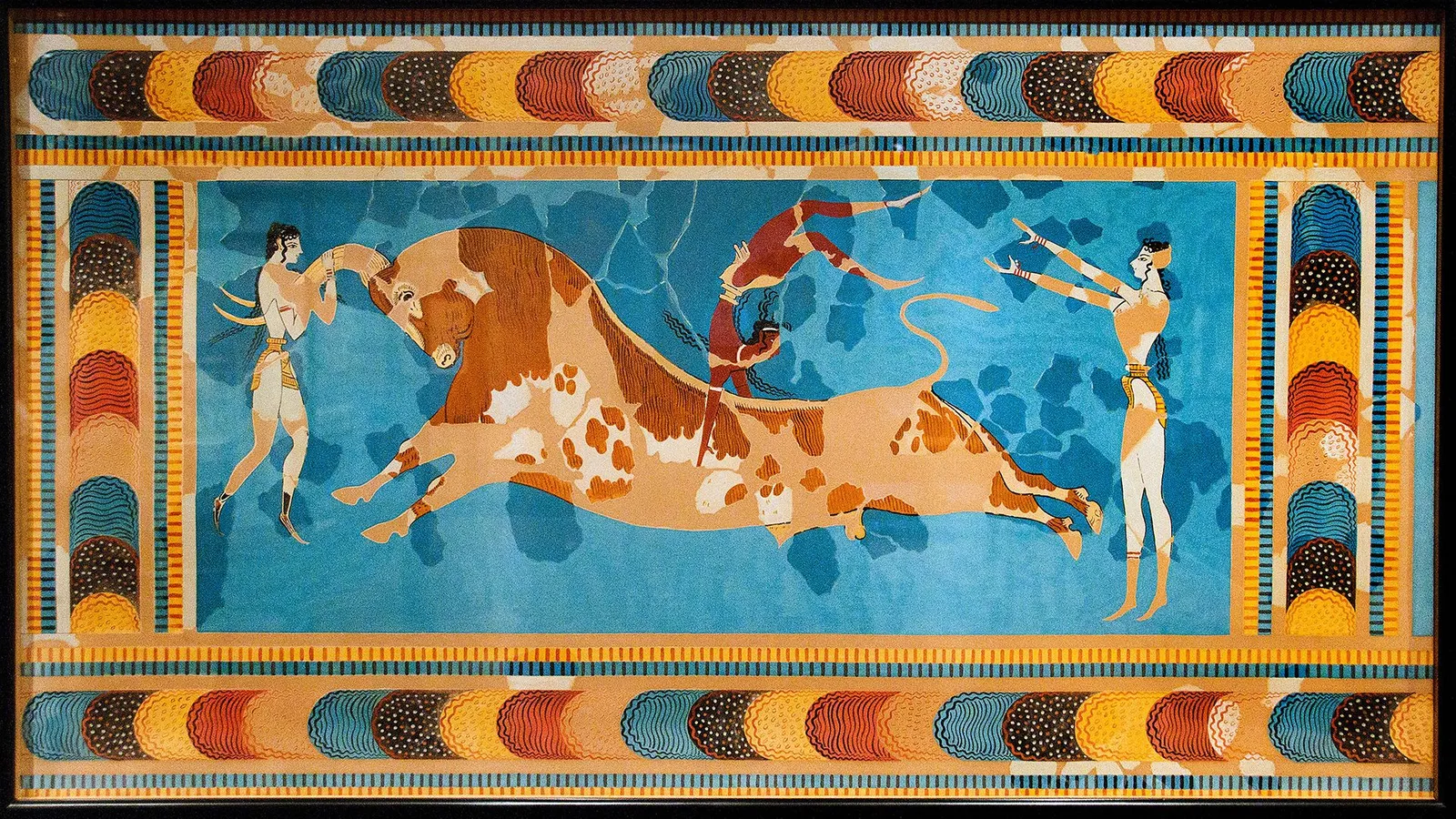Here’s another edition of our monthly guide to items you may have missed the first time around.
Science, Technology, Natural World
We’ll start off with one of my favourite subjects: wasps. We need to take sting out of our fear and loathing of wasps and welcome their importance to ecosystems
One of these days scientists will make up their minds. Unlike a while back, they’re now saying dogs arose from two populations of wolves, study finds

In good news, three Sumatran tiger cubs have been born at London Zoo. And they’ve released the usual cute cat pictures.
Scientists at London’s Kew Gardens, with many others, have found that the world’s largest waterlily is in fact a new species, now named Victoria Boliviana. That means there are now three giant waterlily species.
One of the lead scientists, Lucy T Smith, has written a blog item about the discovery. [LONG READ]
And James Wong writes about how the giant waterlilies changed architecture.

While we’re on engineering and architecture, Transport for London engineers have designed and are testing a totally new idea for cooling the London Underground.
Sexuality
In an unsurprising discovery many specialists have pointed out that male sterilisation (aka. vasectomy) isn’t going to solve (America’s) problem with abortions. [LONG READ]
Environment
While on things sexual, researchers are suggesting that grey squirrel numbers could be reduced using oral contraceptives. However I see the law of unintended consequences coming into play if this is tried.
Art, Literature, Language, Music
A look at the way our brains cope with speaking more than one language.
History, Archaeology, Anthropology
Some scientists are now reckoning that early human ancestors are one million years older than previously thought. It’ll be interesting to see if this holds up.
The mysterious Mycenaean and Minoan civilisations were a bedrock for much of Ancient Greece. [LONG READ]

An important hoard of Roman gold coins has been found near Norwich.
Here’s a review of Janina Ramirez’s new book Femina: A New History of the Middle Ages Through the Women Written Out of It.
Dr Eleanor Janega at Going Medieval provides a reading list on medieval abortion.
Meanwhile Scientific American takes a look at abortion and contraception in the Middle Ages. [£££]
Cavers have found a mineshaft in Cheshire which has been completely undisturbed for 200 years and is a useful time capsule.
Clandon Park House was gutted by fire in 2015. The National Trust which owns it has decided it will be mainly conserved as a ruin rather than restored to its former Palladian glory.
If you were a Victorian or Edwardian peer, what would you put in your vampire hunting kit? Well there was one for sale recently at Hanson’s Auctions; it sold for £13,000 (plus fees) some some five times it’s estimate!

London
On the interestingly named Pickle Herring Stairs.
Did you know that London had a naked Routemaster bus?
Apparently there are plans to un-culvert a stretch of the Gores Brook in Dagenham. A move which should be applauded, and repeated elsewhere.
It’s not quite London, but in our fourth item from IanVisits, he goes to Saffron Walden in Essex – a delightful small market town.
Food, Drink
The French authorities, like WHO, have now concluded there’s a definite link between charcuterie and colon cancer, due to the high level of nitrates and nitrites contained therein.
In better news, French scientists think they’ve cracked the puzzle of cultivating prized white truffles.
How safe is it to eat mouldy cheese?
Lifestyle, Personal Development, Beliefs
The Guardian goes to meet a handful of the country’s more unusual master craftsmen.
One of my favourite places is the Dungeness and the Romney Marsh. Caroline Reed in Kent Life looks at some of the best of the area.

Shock, Horror, Humour, Wow!
And finally, here’s a list of the rarest boy’s and girl’s names in the UK – 50 of each.
